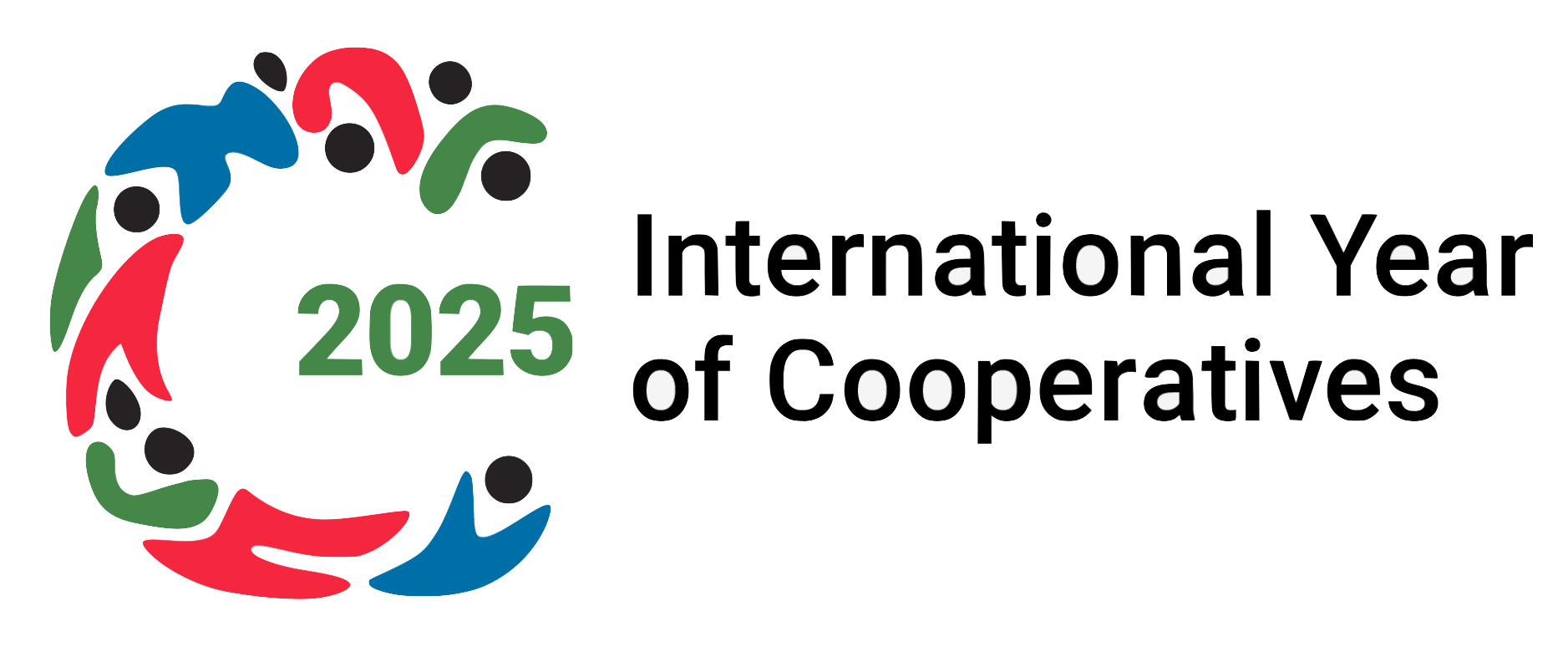In the framework of the Social Business Initiative (SBI) follow-up, the European Commission’s Executive Agency for Small and Medium Enterprises (EASME) published in August 2019 a study on cooperation between social economy enterprises (SEE) and traditional enterprises.
The study has been carried out by several authors and organisations led by Technopolis group. The research methodology included desk research and a significant number of online surveys and quality interviews.
The document encompasses several aspects of collaboration and related patterns; in this regard, it highlights for example that the SEE and traditional enterprises engage in collaboration in order to gain visibility and scale up an activity and that the collaboration is usually cross-sectoral.
As far as specific forms of collaborations are concerned, the study proposes 16 specific topics, ranging from collaborative value-chains to constructive and sustainable private procurement, from integration of SEE into Corporate Social Responsibility (CSR) policy to SEEs inspiring the traditional model on how to promote more gender equality.
Based on extensive research, a qualitative collection of best practices and cross-country analyses, the study outlines recommendations for policy makers on how to foster collaboration between the social economy and traditional enterprises at EU, national and regional levels.
Recommendations include several suggestions, such as enhancing mutual recognition of SEE and traditional businesses, reinforcing the development of clusters, accelerating the usage of CSR policies as drivers of collaboration between SEE and traditional enterprises, and management in SEE.
CECOP welcomes the recognition of long-standing partnerships and collaboration between social economy enterprises and traditional businesses even if it comes as no surprise for us. As cooperatives active in the industry and services, we cherish collaboration with other cooperatives and in general with other enterprises by nature: in fact, cooperation not only defines our business model but also our way of interacting with other enterprises, be it in clusters, consortia, or simply in the market like any enterprise. Looking at the different legal types, the study shows that “social cooperatives have particularly high collaboration rates (83% of them collaborate with other SEEs, 48% collaborate with traditional companies, and 19% with “social extra-preneurs”, resulting in 92% of all social coops that collaborate with at least one of the three types of partners)”.
However, we highlight that some of the terminology on social economy entities does not always reflect the reality on the ground and some of the political acquis of social economy organisations in many countries.
Moreover, and specifically with regard to management, the study expresses doubts on the efficiency of the cooperative decision-making model, considering it an obstacle to collaboration with other enterprises. CECOP contests such elements in the report and claims that on the contrary, it has been demonstrated that worker ownership and democratic governance are one of the elements that contribute to cooperatives’ resilience. Among other factors, this is due to their ability to adapt to new markets, which goes hand in hand with collaboration with other enterprises (cooperatives or not). While CECOP is convinced that mutual learning opportunities among all types of enterprises should be supported by the European Commission, we believe that cooperatives can also be a great source of inspiration for traditional business when it comes to involvement and consultation of workers, favouring investment over shareholders remuneration etc., elements that make enterprises more inclusive and sustainable.
To conclude, we take this opportunity to remind that cooperatives in industry and services are not residual actors of the economy. They are part of the SEEs larger family and carry multiple identities: for instance, the majority of them are SMEs and/or defined themselves by their sectoral activity (e.g. construction, culture, tourism, IT…). The European Commission should therefore avoid dividing SEEs and traditional enterprises into rigid silos but rather contribute to the recognition of SEEs as a full component of the European economy.







 Entrepreneurship
Entrepreneurship

